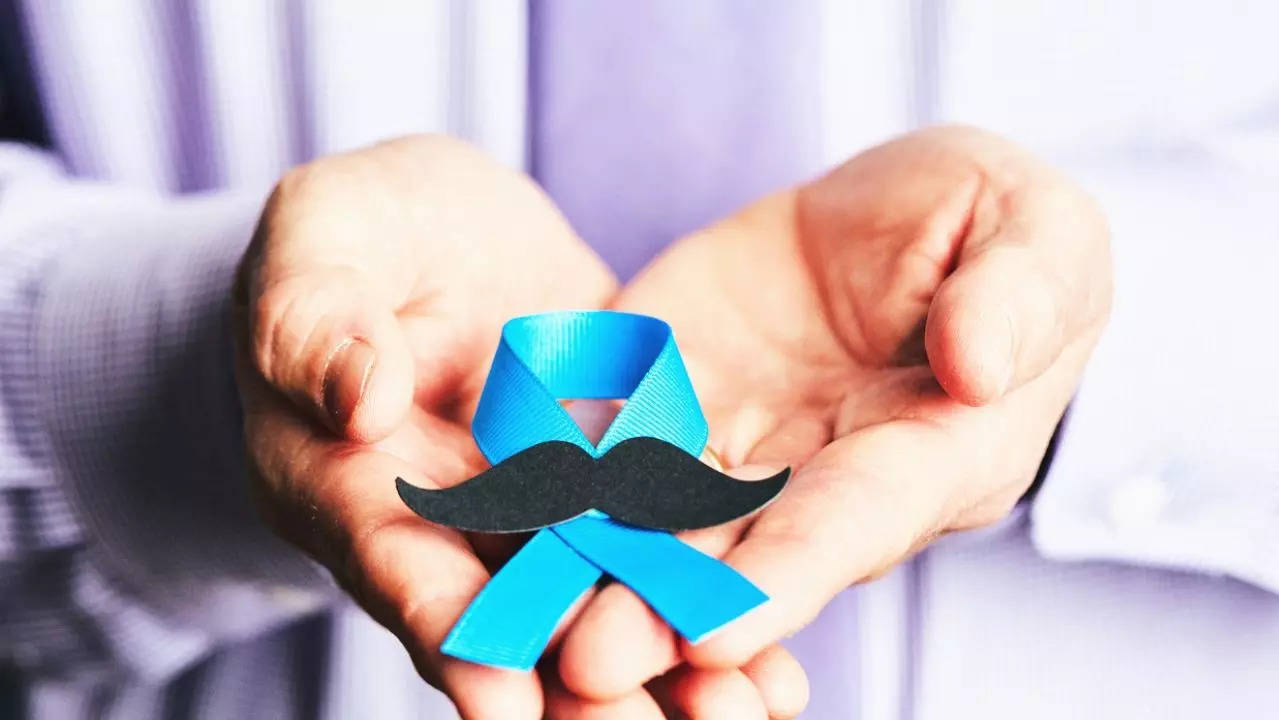— OPINION — For nearly a decade and a half, food safety advocates like me have recited CDC’s 2011 foodborne illness estimates: 3,000 deaths. 128,000 hospitalizations. 48 million illnesses (1 in every 6 Americans). At long last, CDC has provided us with an update to these estimates, or they have… Continue Reading Opinion & Contributed Articles, GAO, GAO report, President Trump, Thomas Gremillion Food Safety News
— OPINION —
For nearly a decade and a half, food safety advocates like me have recited CDC’s 2011 foodborne illness estimates: 3,000 deaths. 128,000 hospitalizations. 48 million illnesses (1 in every 6 Americans).
At long last, CDC has provided us with an update to these estimates, or they have provided an update to the Government Accountability Office, which has provided us with an update because, as an independent, nonpartisan government agency within the legislative branch, GAO has not been indefinitely muzzled by the communications “pause” that prevents CDC from publishing more than “highlights” from its updates. In light of this “pause,” and many, many other recent developments, the new estimates set an important benchmark.
As the GAO report makes clear that, in his second term, President Trump is inheriting significant food safety challenges. The new estimates do not provide an apples-to-apples comparison with the 2011 numbers. They focus instead on just the six most significant foodborne pathogens. Infections from those pathogens, however, have remained stubbornly high, causing about 10 million foodborne illnesses annually in the U.S., including an estimated 53,300 hospitalizations and more than 900 deaths. Infections from all foodborne pathogens greatly exceed the Healthy People 2030 goals, and for some, such as Campylobacter and E.coli, there has been “little or no detectable change” in illness rates.
What kind of change awaits us? The new Administration has given a few causes for concern already. They fall into two broad, related categories: corruption and transparency.
First consider corruption. Food safety, and public health more generally, depend on an extensive network of private and public sector experts working together to manage risk. A food processing company employs food safety managers, whose work is checked by private auditors and government inspectors, whose priorities are informed by illness surveillance at local health departments and outreach from foodborne illness victim advocacy groups, not to mention state and federal legislators, and plaintiff’s lawyers, and many more. The nodes in the network provide a check on each other and help to ensure that everyone is doing their part to manage foodborne illness risk.
Companies and taxpayers spend a lot of money to manage this risk. And despite all of these efforts, illnesses and even outbreaks still occur. After an outbreak, foodborne illness victims may find a lawyer like Bill Marler who can force some financial accountability on the company that sold the contaminated food. But most foodborne illness victims have no idea who made them sick, and so civil liability alone provides incomplete incentives. Without the right rules and inspection regime, some companies will be tempted to cut corners on food safety, and those that wish to adequately invest in preventing foodborne illness may find they are competing on an uneven playing field.
Now, what if the heads of federal food regulatory agencies allow the food companies to determine the rules and inspection regime? What if the biggest, richest food companies are allowed to pay for the rules they like? Then, the rules may have less to do with food safety than about protecting big companies from competition, or otherwise boosting their profits.
Cynics out there might say we already have this system, that Big Food has already captured agencies like FDA and FSIS. But let’s be serious. Food safety advocates like me might push federal regulators to require more precautions from industry, and to defer less to claims that consumer protections — like Salmonella product standards for poultry — are too expensive. That is a far cry, however, from condemning these regulators as a tool of corporate oligarchs.
Now that may change. The launch of $Trump coin appears to signal a new era of patronage politics. The coin essentially serves as “a deposit-only Swiss-bank-account number online, into which people can deposit funds and privately show . . . the receipts for their deposits.” Will some unscrupulous company — maybe one with a history of paying bribes like the Brazilian conglomerate JBS — buy $Trump coin in exchange for favorable regulatory treatment? Maybe not. But the possibility alone undermines confidence in the whole food safety system. And the scam casts other actions of dubious legality, such as the dismissal without cause of 17 inspectors general, in an eerie light.
Transparency could counter these concerns. But here again we see bad omens. What justifies suspending notice to the public of foodborne illness outbreak investigations? Nothing legitimate comes to mind. On the other hand, if public health authorities stop sharing information, who’s to say whether all that corruption is hurting our health?
More transparency means safer food. Information like sanitation grades on local restaurants, or updates on which chicken processors are meeting Salmonella performance standards, makes markets more efficient, creating a price signal for food safety. If federal agencies start withholding information to hide their corruption, the impact on public health could be severe.
So what should food safety professionals do? One important lesson from the first Trump Administration: don’t believe the narrative! Remember the 2020 Executive Order that purported to keep meatpacking plants open, even when they failed to prevent COVID-19 outbreaks among their workers? As some of us pointed out then, President Trump had no authority to override local health departments’ efforts to protect their communities. But the bluff worked, according to a 2022 congressional investigation. Then Under Secretary for Food Safety Mindy Brashears served with distinction as “the industry go-to fixer in blocking attempts by other regulators to improve health and safety conditions in meatpacking plants.” Under Trump 2.0, state and local governments should not bow to similar pressure, nor should we let them.
Less than 1,370 days remain until the next presidential election. A lot can happen, maybe even some good things, who knows? Marty Makary seems like a really smart guy. But let’s not pretend what’s happened so far is normal. And let’s not forget that we have a benchmark to measure the cost in lives of what this Administration does to manage foodborne illness risk.
(To sign up for a free subscription to Food Safety News,click here)









